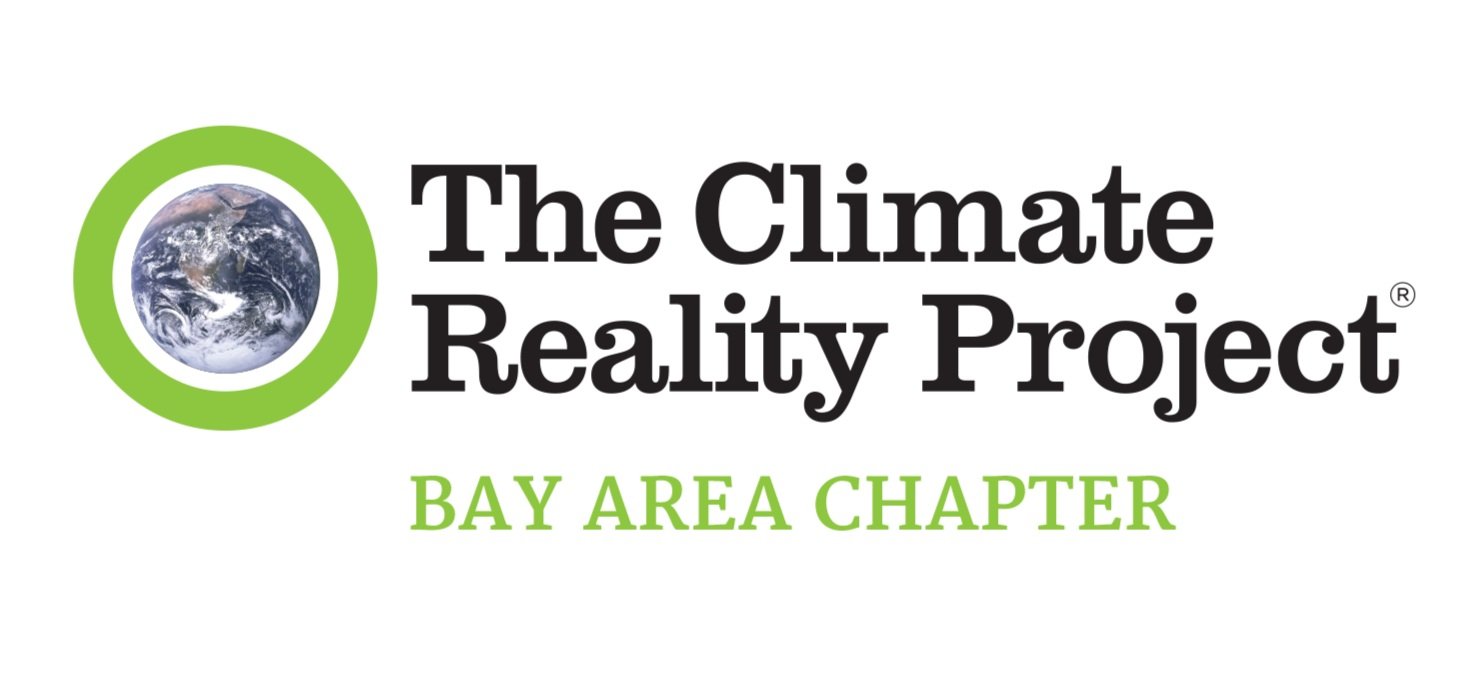LESSONS LEARNED FROM A YEAR OF CLIMATE ADVOCACY: PART 2
By Margo Meiman and Audrey Heller, Our Climate Moment Co-Chairs
In our previous post, “Lessons Learned from a Year of Climate Advocacy, Part 1” we covered seven things we learned when working with our representatives. In this post, we share how to prepare for the meeting and the follow-up.
CREATE A CLEAR AGENDA AND SHARE IT
We have found it helpful to have two agenda documents for a meeting. The first is a “public” agenda that we send to the lawmaker's office. This includes a list of people who will attend (including their affiliations) and a bullet-point list of your topics and asks. We send this agenda ahead of time to the person with whom we’re meeting so they can be prepared for our topics.
We also make an “internal,” expanded, agenda that includes detailed scripts, links, and other resources – anything that we might need to access during the meeting. We note who is leading each segment. By sharing between us, we can make sure that we’re not redundant, and that any disagreements on issues within the group are addressed before the meeting. Assign times to topics, so that you can track if you are running behind (hint: you will be!).
MAKE A SCRIPT AND PRACTICE
Write down exactly what you want to say and practice saying it out loud. Sometimes the name of a bill itself can be a mouthful, so test out unfamiliar phrases! In the meetings, you can have your script available, but remember that you are holding a conversation, not giving a speech.
MEET EARLY AND SET GROUND RULES
We gather the team on zoom at least 15 minutes before the meeting time to be sure everyone is on the call, audio and video are good, and any last questions are addressed. We ask people to stay on mute and use hand-raises and written comments to participate in the meeting if they are not a speaker on the agenda. It is important to be efficient and respectful of the MOC office, and so it is the facilitator’s job (i.e. you!) to keep the conversation from drifting or getting bogged down. We assign a note-taker to work on a copy of the internal agenda.
GIVE SPACE FOR RESPONSES
The point of a meeting is to listen as well as talk. You may gain insights that will help guide your advocacy.
BE CLEAR ABOUT YOUR ASKS - AND THEIR ANSWERS
You don’t want to come to the end of a meeting and still wonder where a lawmaker stands. Be clear about what you want to know and then listen carefully to the response. Was your question answered? Were you promised that something would be looked into? Or was the response something politely vague, and you need to ask again?
You might ask: What is the lawmaker’s position? Can we count on the lawmaker to vote yes? Can we count on the lawmaker to exercise their influence and convince their peers to also vote in favor? What is your sense of how this bill might move forward? As a climate organization, what role can WE play?
STAY ON THE LINE
Having a quick debrief right after the call can be very important. It is helpful to hear different perspectives on how the meeting went, and clarify or fill in notes. Plus, it’s time to give each other high-fives for being active citizens and doing challenging things!
FOLLOW UP
Follow up with a thank you message within a few days of your meeting. Reiterate your asks, re-share your public agenda, and include a “leave-behind” document with more detailed information if you have it. If you promised any information during the meeting, provide it. If you were promised any follow-up answers or contacts, list them clearly as a reminder. Start to plan the follow-up meeting!
STAY POSITIVE
We worked hard for the passage of the Build Back Better package in December 2021 because it included many critical climate provisions. It was very disappointing when it didn’t pass, but we continue to find ways to apply pressure. From our work on BBB, we understand the issues better and are getting more familiar with the workings of Congress and how to be most effective. We’re ready for the next round! We’d love to have you join us.
Thanks for reading! We hope you find these 14 tips useful and would love to hear from you about your experience. Questions? Don’t hesitate to contact us at ocm.crba@gmail.com.
